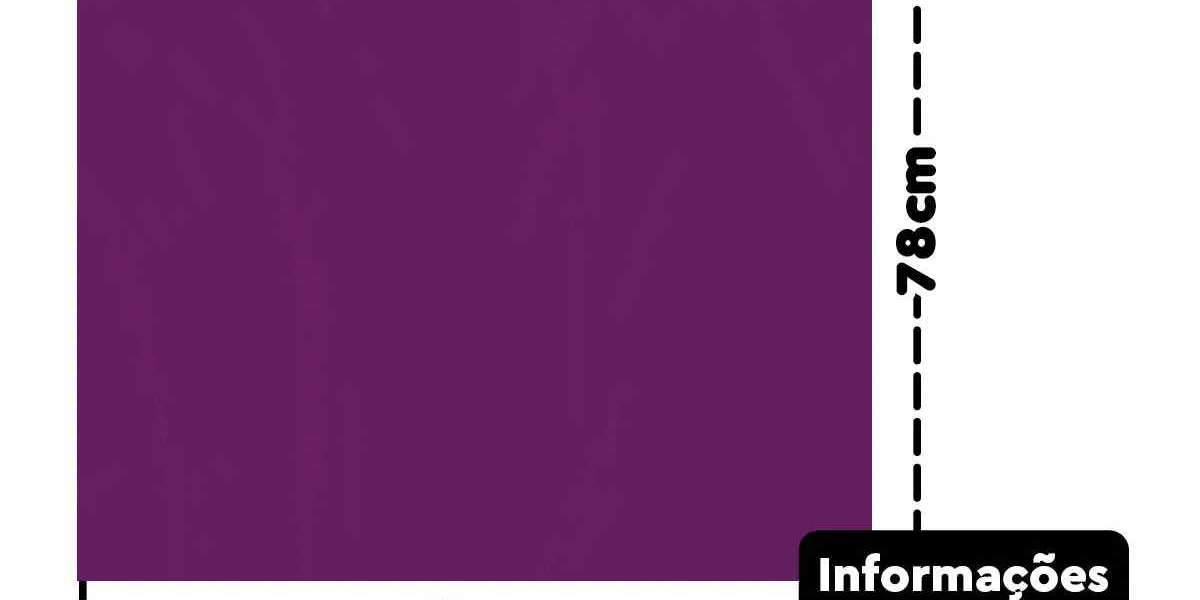Vitrectomy Devices: Advancements in Surgical Tools Enhance Precision and Safety
Vitrectomy, a sophisticated surgical procedure to address various conditions affecting the vitreous humor and retina, is continually evolving thanks to advancements in vitrectomy devices. These high-tech instruments empower vitreoretinal surgeons with enhanced precision, control, and safety, leading to improved outcomes for patients with complex eye disorders.
The Role of Vitrectomy and Its Devices:
Vitrectomy involves surgically removing some or all of the vitreous humor, the gel-like substance that fills the eyeball. This allows surgeons to access the retina and other structures at the back of the eye to treat conditions such as retinal detachment, macular holes, epiretinal membranes, vitreous hemorrhage, and complications of diabetic retinopathy. The success of a vitrectomy heavily relies on the capabilities of the specialized devices employed.
Key Components of Modern Vitrectomy Systems:
Contemporary vitrectomy systems are highly integrated, featuring several crucial components:
- Vitreous Cutter (Vitrector): This is the core instrument for removing the vitreous. Modern vitreous cutters boast incredibly high cut rates, exceeding 10,000 cuts per minute. Higher cut rates minimize traction on the retina, enhancing surgical safety and precision, particularly when dealing with delicate tissues.
- Infusion System: Maintaining stable intraocular pressure (IOP) during surgery is paramount. The infusion system delivers a balanced salt solution into the eye to replace the removed vitreous, ensuring the eye remains inflated throughout the procedure.
- Illumination System: Adequate visualization of the posterior segment is essential. Advanced endoilluminators, utilizing various light sources like LED and Xenon, provide bright and focused illumination within the eye. Chandelier lighting systems, placed through separate ports, allow for bimanual surgery, giving the surgeon greater dexterity.
- Aspiration System: The aspiration system works in conjunction with the vitreous cutter to remove the cut vitreous and any other unwanted fluids, such as blood or subretinal fluid, from the eye. Precise control over aspiration flow and vacuum levels is critical for safe and effective tissue manipulation.
- Viewing Systems: Surgeons utilize sophisticated viewing systems to obtain a clear and magnified view of the retina and vitreous. These include wide-angle viewing systems (both contact and non-contact lenses) that provide a broad field of view and specialized contact lenses for high-resolution imaging of the macula during intricate procedures like membrane peeling. Heads-up display systems with 3D visualization are also gaining popularity, offering improved ergonomics and enhanced depth perception.
Evolution of Vitrectomy Instrumentation:
The field has witnessed a significant shift towards smaller gauge instrumentation. Initially, 20-gauge instruments were standard, requiring larger sclerotomies (surgical incisions in the sclera) that often needed suturing. The advent of 23-gauge, 25-gauge, and even 27-gauge systems has revolutionized vitrectomy surgery. These smaller instruments offer several advantages, including reduced surgical time, less postoperative inflammation and discomfort, and faster visual recovery, often allowing for sutureless surgery.
Specialized Instruments for Advanced Procedures:
Beyond the core vitrectomy system, a wide array of specialized instruments are available for specific surgical tasks:
- Forceps and Scissors: Micromanipulation tools with various designs (e.g., ILM forceps, membrane scissors) are used for peeling delicate membranes from the retinal surface and cutting fibrous bands.
- Membrane Scrapers and Picks: These instruments help to lift the edges of epiretinal membranes or the internal limiting membrane (ILM) to facilitate peeling.
- Extrusion Cannulas: Used for draining subretinal fluid, performing fluid-air exchange, and carefully removing fluids from the retinal surface.
- Endolaser Probes: Intraoperative laser photocoagulation is a crucial part of many vitreoretinal procedures, used to seal retinal tears, treat abnormal blood vessels, and create chorioretinal adhesions.
- Cryotherapy Probes: In some cases, cryotherapy (freezing) is used to create chorioretinal adhesions, particularly at the edges of retinal breaks.
- Fragmatome: This specialized instrument is used for removing dense lens material that may have fallen into the vitreous cavity during cataract surgery.
Ongoing Innovation:
The field of vitrectomy devices continues to innovate, with a focus on:
- Higher Cut Rates: Further increasing the speed and efficiency of vitreous removal while minimizing retinal traction.
- Enhanced Fluidics: Improving the control and stability of intraocular pressure and fluid flow during surgery.
- Advanced Imaging Integration: Seamlessly integrating real-time imaging modalities, such as optical coherence tomography (OCT), into the surgical workflow.
- Ergonomics and Surgeon Comfort: Designing more ergonomic instruments and viewing systems to reduce surgeon fatigue during lengthy procedures.
- Artificial Intelligence (AI) Integration: Exploring the potential of AI to assist with surgical planning, instrument control, and real-time feedback.








